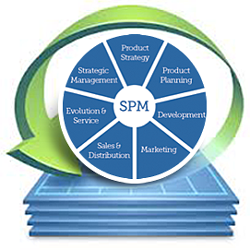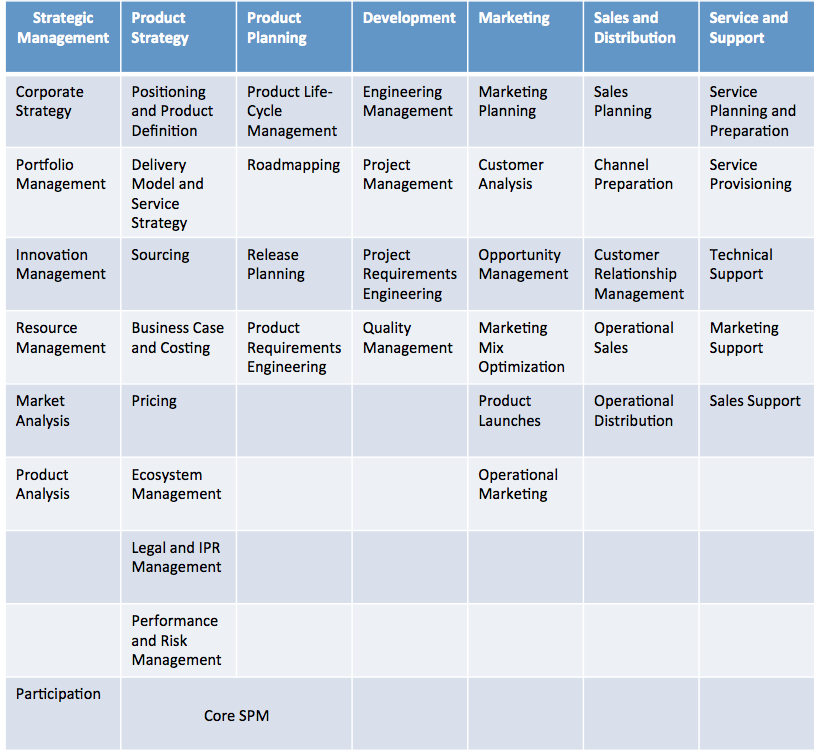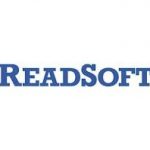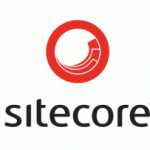How Can Software Product Management and Agile Development Work Together Optimally?
How can software product management and agile development work together in an optimal way?
Agile software development has been established over the last 15 years as a popular development approach. It not only changes the way development is performed, but it also impacts other parties involved in development projects, in particular the software product manager. Software companies are faced with the question of how software product management and agile development can work together in an optimal way. Who is responsible for requirements? Is the software product manager automatically the designated “product owner” in Scrum, which is the most popular agile methodology? Or is “product owner” a new and separate role? Does he/she replace the software product manager?
In contrast to traditional development methods, the Scrum demands changes not only in development, but also in other parts of the enterprise. The interfaces of the Scrum Team to the rest of the enterprise are embodied in the roles of “Product Owner” and “Scrum Master” which are new with Scrum. While the Scrum Master is supposed to shield off the Development Team from the outside world, the Product Owner is supposed to represent the outside world within the Scrum Team. Since the Product Owner is an individual, not a group or a committee, this is a daunting task. Practical experiences and reports in Scrum-related blogs show that these requirements of the Product Owner are quite often not fulfilled.
Scrum evangelist Ken Schwaber writes, “Until recently, I viewed this relationship (between Product Management/Customer and the Development Team) as one of many changes in a Scrum adoption. I now view it as the most critical change, the lynchpin of the adoption.” (The Enterprsie and Scrum, Schwaber 2007, p. 85):
Fig. 1 below shows ISPMA’s SPM Reference Framework which is explained in detail (ISPMA 2012b).
Dean Leffingwell writes: “Given this (the product manager’s) set of responsibilities, it is clear that – even with a staff of competent product owners – product management remains an important function in agile development …” (Leffingwell 2011, p. 280).
So in a small organization with just one software product manager and one Scrum team, the product manager will often assume the product owner role in the Scrum team. However, that approach does not scale up, i.e. as soon as the organization is bigger and there are multiple Scrum teams working on the same product, the product manager cannot and should not assume the product owner role in all these teams (see Leffingwell 2011, p. 205). The solution is a split of responsibilities between product manager and product owner that needs to be clearly defined.
The ISPMA SPM Framework (Fig. 1) turns out to be very helpful in determining this definition in detail. In general, the product owner is closer to development, technology and the project aspects of the product, i.e. in the Development column of the framework. The product manager is closer to the business, the customers, the life cycle aspects of the product, i.e. in the Product Planning and Product Strategy columns of the framework. This split enables the product manager to focus more on the important than the urgent (Kittlaus/Clough 2009, p. 42) while he is still sufficiently involved in project requirements decisions through the dotted line from the product owner to software product management.
For a more detailed discussion see Hans-Bernd Kittlaus’ TBK Consult White Paper (Kittlaus 2013). TBK Consult can help with training and consulting on this subject.
Fig. 1 ISPMA Software Product Management Reference Framework V.1.1 (ISPMA 2012a)
References
ISPMA 2012a: Software Product Management Reference Framework V.1.1, www.ispma.org
ISPMA 2012b: Software Product Management – Foundation Level Syllabus V.1.1, www.ispma.org
Kittlaus, H.-B. 2013. Software Product Management and Agile Software Development, TBK Consult White Paper.
Kittlaus, H.-B., and Clough, P.C. 2009. Software Product Management and Pricing – Key Success Factors for All Software Organizations, Heidelberg/New York, NY: Springer.
Leffingwell, D. 2011. Agile Software Requirements, Upper Saddle River, NJ: Addison-Wesley.
Schwaber, K. 2007. The Enterprise and Scrum, Redmond, Wa.: Microsoft Press.










